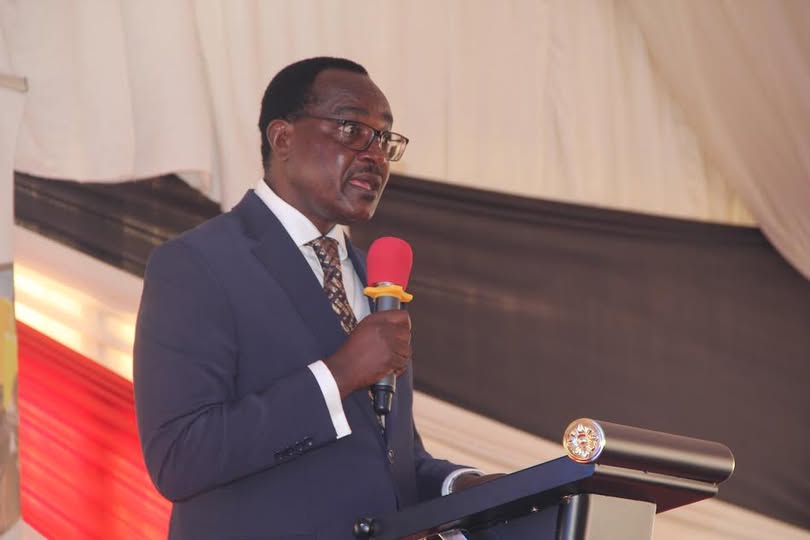𝐌𝐈𝐍𝐈𝐒𝐓𝐑𝐘 𝐎𝐅 𝐄𝐃𝐔𝐂𝐀𝐓𝐈𝐎𝐍 𝐃𝐄𝐅𝐄𝐍𝐃𝐒 𝐔𝐍𝐈𝐕𝐄𝐑𝐒𝐈𝐓𝐘 𝐅𝐔𝐍𝐃𝐈𝐍𝐆 𝐌𝐎𝐃𝐄𝐋 𝐁𝐄𝐅𝐎𝐑𝐄 𝐒𝐄𝐍𝐀𝐓𝐄 𝐄𝐃𝐔𝐂𝐀𝐓𝐈𝐎𝐍 𝐂𝐎𝐌𝐌𝐈𝐓𝐓𝐄𝐄
The Ministry of Education has defended the New University Funding Model (NFM) in front of the Senate Standing Committee on Education, affirming to lawmakers that the government is dedicated to maintaining the sustainability of higher education financing in Kenya. This defense occurs at a moment when the model encounters legal uncertainty due to a High Court injunction that has stopped its implementation.
The PS for the State Department for Higher Education and Research, Beatrice Muganda, presented herself to the Committee alongside the CEO of the Higher Education Loans Board (HELB), Mr. Geoffrey Monari, among other officials.
PS Muganda additionally asserted, “The New Funding Model has indeed lowered the barriers to access for programs, and we are witnessing a rise in student applications. ”
The Senate Education Committee, directed by Vice Chair Senator Margaret Kamar, requested clarification regarding the future of university funding, expressing worries about students who are left in uncertainty because of the NFM suspension.
Senators urged the Ministry to clarify if students already enrolled under the model would keep receiving support and what alternative measures were being contemplated to guarantee continuous learning.
“How will the New Funding Model assist both parents and students while also ensuring clearer comprehension of the band categorization? ” inquired Senator Kamar.
In reply, PS Muganda confirmed that although the court order had halted full implementation, certain elements of the funding model had already come into effect.
“The government is actively engaging stakeholders, including the judiciary, universities, and financial institutions, to overcome the legal obstacles and restore certainty to higher education funding,” stated PS Muganda.
PS Muganda further advised the Committee that the Ministry is examining alternative strategies to keep universities operational and to ensure that students receive financial assistance.
One of the suggested solutions is a hybrid funding model that combines government scholarships, student loans, and private sector partnerships.
“The government is also contemplating the expansion of Higher Education Loans Board (HELB) financing, enhancing bursary distributions, and modifying university fee structures to balance affordability with institutional sustainability,” reported HELB CEO Mr. Monari.
He also informed the Committee that since the Board began to share information on the accurate perception of the Model, there has been a rise in loan applications by 5000 students, and HELB loan recoveries currently stand at 64%.
In addition to short-term solutions, the Ministry stressed the necessity for long-term sustainability in university financing. Officials proposed that universities should engage in revenue-generating activities such as research, innovation, and consultancy services to lessen dependence on government funding.
Moreover, measures for cost reductions and digital advancements could aid institutions in optimizing resources while preserving academic standards.
Despite these reassurances, the outcome of the New University Funding Model remains unclear as the legal dispute continues.
The Senate Committee promised to maintain pressure on the Ministry to create a thorough and sustainable funding framework that ensures access to higher education while keeping institutions financially viable.
For the time being, students, universities, and policymakers are awaiting the next steps in what has become a contentious issue within the education sector.
Other individuals present at the meeting included Sen. Agnes Kavindu, Sen. Johnes Mwaruma, Sen. John Methu, Sen. Seki Lenku, and Sen. John Kinyua.

